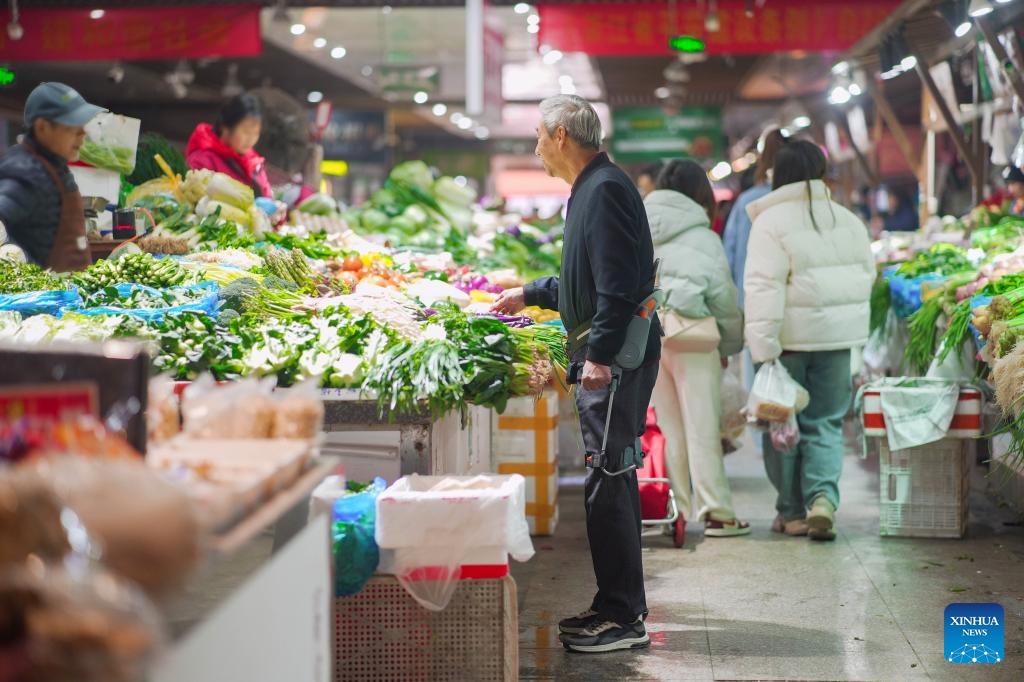'Kite capital' flies high on modernization and heritage
Xinhua | Updated: 2024-02-03 08:36

JINAN — In a workshop at the Yangjiabu Folk Art Grand View Garden in Weifang, Shandong province, workers are busy making kites. From design to frame making, 61 steps are required to finish making a kite.
Kite-making here dates back over 600 years. Xu Yang, an inheritor of Weifang kite art, developed a passion for the craft as a child and learned to make and paint kites at the Yangjiabu Folk Art Grand View Garden, as well as from her aunt.
"I visited my grandma every week as a kid, and often saw my aunt making kites, and I helped her by doing some drawing," says the 36-year-old. "We are a kite-making family, and it is nice to do what I love."
The Yangjiabu Folk Art Grand View Garden is the epitome of how Weifang, which is known in China as the "kite capital of the world", preserves its traditional craft and develops its cultural and tourism sectors. The Weifang International Kite Festival, which the city has held since 1984, attracts enthusiasts from all over the world.
Yangjiabu is one of three traditional woodblock print production centers in China. "From engraving and printing to packaging, all the work is done by hand," says Yang Naiqiang, 67, who demonstrates the craft to tourists.
Dedicated young people have picked up the baton from their families, who have passed the skills down the generations. Yang Jing and her husband, both in their 30s, are the 14th-generation inheritors of woodblock printing, and their family owns a century-old store.
"My husband is the only son. If we did not carry on the tradition, it would be difficult to reenter the sector in the future," says Yang Jing. Her husband learned the craft from his father and grandfather, and the couple have developed items like throw pillows and canvas bags with woodblock prints that are proving popular with customers. They also engage in heritage promotion events at schools.
Even in winter, the garden attracts visitors, with an average of nearly 1,000 a day during the off-season, and several thousand during peak season.
Weifang is known for its traditional handicrafts and cultural traditions. A number of well-known historical figures, such as agronomist Jia Sixie and poet Su Shi, were either born or worked in the region, while Gaomi, a county-level city under the jurisdiction of Weifang, is the hometown of Mo Yan, a Nobel laureate in literature.
























